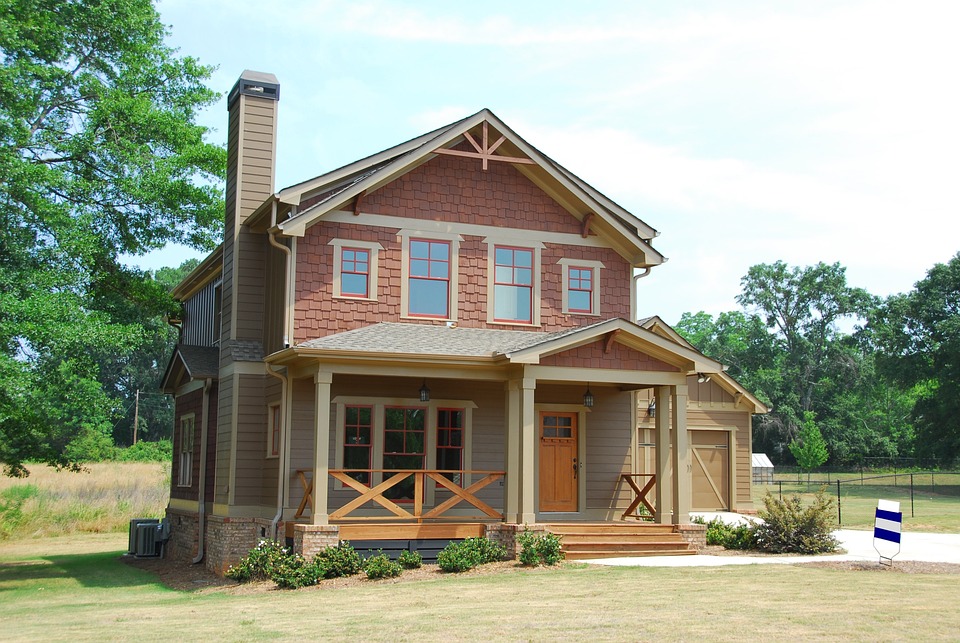Introduction:
Navigating the complex world of property zoning can be a daunting task for property owners and developers alike. Local regulations play a crucial role in determining how land can be used and what types of structures can be built on it. In this comprehensive guide, we will delve into the intricacies of property zoning, providing you with a solid understanding of the subject and equipping you with the knowledge to navigate local regulations effectively.
1. What is Property Zoning?
Property zoning refers to the division of land into different zones or districts, each with its own set of rules and regulations regarding land use and development. Zoning ordinances are put in place by local governments to ensure that land is used in a way that benefits the community and promotes orderly growth. These regulations often dictate the types of buildings that can be constructed, the density of development, and the activities allowed within each zone.
2. The Importance of Understanding Property Zoning:
Understanding property zoning is crucial for property owners, real estate developers, and investors. It helps them make informed decisions about land use, property development, and investment strategies. By familiarizing themselves with local zoning regulations, individuals can avoid costly mistakes, ensure compliance with the law, and maximize the potential of their properties.
3. Different Types of Zoning:
There are several different types of zoning classifications that vary from one jurisdiction to another. Some common types of zoning include:
– Residential Zoning: This type of zoning is designated for housing purposes, such as single-family homes, multi-family dwellings, or apartment complexes. It often includes restrictions on building height, lot size, and the number of units allowed.
– Commercial Zoning: Commercial zones are intended for businesses, offices, retail shops, and other commercial activities. These areas are usually located in commercial districts, where the focus is on economic activity and providing goods and services to the community.
– Industrial Zoning: Industrial zones are set aside for manufacturing, warehousing, and industrial activities. These areas often have specific requirements for noise levels, pollution control, and setbacks from residential areas.
– Agricultural Zoning: Agricultural zones are reserved for farming and agricultural activities. They are typically located in rural areas and have restrictions on the type and scale of agricultural operations allowed.
– Mixed-Use Zoning: Mixed-use zones are a combination of residential, commercial, and sometimes even industrial uses. They are designed to promote walkability and provide a range of amenities within a single area.
4. Navigating Local Regulations:
To navigate local zoning regulations effectively, it is important to follow these steps:
a) Research: Start by researching the zoning regulations specific to your area. Local government websites, planning departments, and zoning maps are valuable resources for obtaining this information. Familiarize yourself with the zoning code and any amendments or overlays that may apply.
b) Consult Professionals: Seek guidance from professionals, such as architects, attorneys, or zoning consultants, who are well-versed in local regulations. They can help you understand the nuances of the zoning code and provide valuable insights for your specific project.
c) Zoning Variances and Special Exceptions: In some cases, it may be necessary to request a zoning variance or special exception to deviate from the established regulations. This typically requires submitting an application to the local zoning board and demonstrating a valid reason for the request.
d) Public Hearings and Community Involvement: Certain zoning changes may require public hearings or community involvement. It is important to engage with the local community, address any concerns, and present your case in a clear and concise manner.
e) Stay Updated: Zoning regulations are subject to change over time. Stay updated on any proposed amendments or updates to the zoning code that may affect your property or project.
Frequently Asked Questions (FAQs):
1. Can I change the zoning of my property?
Changing the zoning of a property is possible in some cases but typically requires approval from the local zoning authorities. This process can be complex and may involve public hearings and community input.
2. What can I do if my property is not zoned for the intended use?
If your property is not zoned for the intended use, you may explore options such as seeking a zoning variance, applying for a special exception, or rezoning the property. Consulting with professionals familiar with local regulations is advisable in such situations.
3. How do I find out the zoning of a property?
To find out the zoning of a property, consult the local zoning map or contact the planning or zoning department of your local government. They can provide you with the necessary information and guide you through the process.
4. What are setbacks and why are they important?
Setbacks refer to the minimum distance required between a building or structure and the property line or other buildings. They are important to ensure safety, privacy, and aesthetics, and to maintain the overall character of the neighborhood.
5. Are there any penalties for violating zoning regulations?
Violating zoning regulations can result in penalties, fines, or even legal action. It is essential to comply with the applicable zoning regulations to avoid such consequences.
For further information on understanding property zoning and navigating local regulations, visit [insert external link 1] or [insert external link 2].
In conclusion, understanding property zoning and navigating local regulations is crucial for property owners, developers, and investors. By familiarizing yourself with the zoning classifications, researching local regulations, and seeking professional guidance, you can ensure compliance with the law and make informed decisions regarding land use and property development. Remember to stay updated on any changes to zoning regulations that may impact your property or project.
 glitzo Shine Bright with Glitzo
glitzo Shine Bright with Glitzo




